Gupta empire was among the most prominent kingdoms that ever ruled in the Indian subcontinents. The kingdom had advanced remarkably in academics, especially in science, arts, mathematics, poetry, literature and what not! Historians therefore marks the era of Gupta empire as the ‘Classical Age’ in Indian History. Apart from the academics, the Gupta empire also had flourished in commerce and trades to the ultimate height. Many historians, therefore also signify the Gutpa period as the ‘Golden Age’ in Indian history.
The Golden Gupta age gave India a number of incredible mathematicians. Decimal system, numerical zero were some of the important discoveries made in Gupta period only. Other sectors like astronomy, medicine, philosophy, architecture and metallurgy had also flourished during the Gupra era.
Gupta empire had turned into a superior power by the mid of 4th century. During its peak, the kingdom had controlled the entire Indian subcontinents except few territories of southern India. The Gupta empire rulers were also renowned for their administrative efficiency. In short, Gupta empire administration kept almost the entire India politically united, for more than a century.
The rulers of Gupta empire also took special initiatives towards trades and commerce. India became a major hub for international trades in Gupta period. It established extensive trade connections with regions such as Southeast Asia, the Middle East, and the Roman Empire. Such exchange of goods and ideas undoubtedly enriched Indian culture and further contributed to its economic prosperity.
History of Gupta empire
Gupta age had a glorious identity in Indian history. The early history of Gupta age lacks enough historical evidence, therefore creates lots of disagreements among the historians. But from the late 3rd century, Gupta empire made an incredible journey until 467 CE, making itself the ‘Classical’ age of Indian history.
Rise of Gupta empire
Sri Gupta had founded the Gupta dynasty in late 3rd century CE. But many historian differ about the rise of Gupta empire. Many of them feels that Sri Gupta probably was the vassal king under the Kushanas. During early 3rd century, Kushana supremacy started weakening. With that opportunity, Sri Gupta had founded Gupta empire, somewhere between 240-280 CE. Few historians, however, credit Chandragupta 1 as the first ruler of Gupta empire. But despite of all such differences in opinions, the rise of Gupta empire undoubtedly started from the time of Chandragupta 1.
Initial phase of Gupta empire was limited in the territory of Magadha. Pataliputra (presently Patna) was the initial capital of Gupta empire. Sri Gupta and his successor Ghatotkacha had used the title of Maharaja, which usually. the feudal kings had used in the contemorary period. But Chandragupta 1 had used the title of Maharajajdhiraja, the king of the kings. Many historians therefore believes the actual rise of Gupta empire began form the rule of Chandragupta 1. He was the first well known ruler of Gupta empire too. His marriage to the Licchavi princess Kumaradevi, helped him in a tremendous political power gain along with the title of Maharajadhiraja.

Gupta empire extended beyond the boundaries of Magadha with this marriage. Later his son and successor, Samudragupta extended the empire to the across almost the entire subcontinent of India. Some of the kingdoms came under direct control of the Gupta kings. Rest of the kingdoms accepted Gutpa suzerainty and remained their feudal kings. The empire remained on top of its superiority for more than a century.
Full list of Gupta dynasty rulers with timelines
Here is the full list of Gupta rulers with their timelines.
- Sri Gupta: between 240-280 (exact timeline unknown)
- Ghatotkacha: 280 – 319 CE
- Chandragupta 1: 319 – 335/350 CE (arguably the first Gupta empire king)
- Samudragupta: 335/350 – 375 CE
- Ramagupta: Late fourth century (exact timeline unknown)
- Chandragupta 2: 380 – 415 CE
- Kumaragupta 1: 415 – 455 CE
- Skandagupta: 455 – 467 CE
- Purugupta: 467 – 473 CE
- Kumaragupta 2: 473 – 476 CE
- Budhagupta: 476 – 495 CE
- Narasimhagupta: 495 – period unknown
- Bhanugupta: period unknown
- Vainyagupta: period unknown
- Kumaragupta 3: period unknown
- Vishnugupta: 540 – 550 CE (last ruler of Gupta dynasty)
Gupta period administration
Gupta empire administration was the most distinguished topic in the history of Indian monarchy system. The empire was called by various names, such as Rajya, Rashtra, Desha, Mandala etc. For administrative ease, the Gupta kings had divided their administration into many provinces, and further into Vishayas. They appointed efficient administrative officers in various important roles. According to writings of Chinese pilgrim Faxian, also famous as Fa Hien, people were living peaceful lives under the Gupta administration.
Gupta administration were run by very simple rules and regulations. But probably varied slightly from areas to areas. Ther were no boundation for citizens in travelling across the regions. The farmers who could cultivate the royal lands, only had to pay some part of it as royal taxes. Gupta penal code was also very mild. Gupta ruled had implemented penalty system for crimes. Probably such a prosperous and hassle free life of citizens under Gupta rule marked it as the Golden Age of India.
Decline of Gupta empire
Gupta empire rose to its peak about middle of 4th century and became the superior power of India. The empire remained on top for more than a century. Skandagupta was probably the last powerful Gupta ruler. Later Gupta empire kings, however, couldn’t show enough resilience and started losing territories. Historians therefore believe that, gradual decline of Gupta empire began from 467 CE, after death of Skandagupta.
History of Gupta empire rulers
Sri Gupta, the founder and first Gupta king, estalbilshed his kingdom in Magadha, although as the vassals of the Kushana empire. especially Sri Gupta and his successor Ghatotkacha. Even there are a lot of difference in opinions across historians about the origin of Gupta dynasty rulers. The strongest theory says, the Gupta dynasty belong to the present day lower Doab region of Uttar Pradesh. In fact, the majority of the inscriptions and coins of initial Gupta period were discovered in those areas.
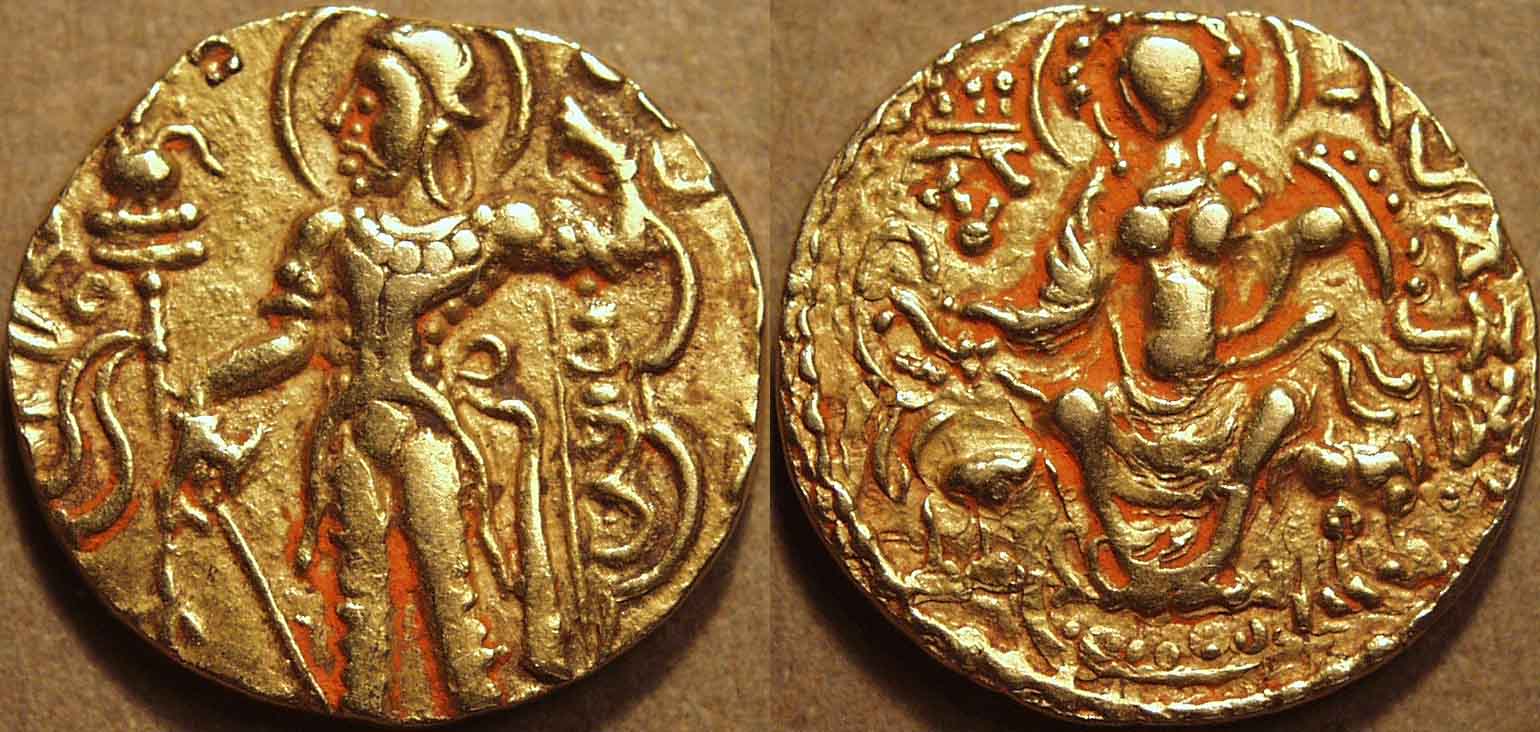
The first inscription which attributes to Sri Gupta and Ghatotkacha, is the Allahabad pillar inscription of Samudragupta. Pataliputra was the capital of Gupta empire which is adjacent to the modern day Patna. However, Chandragupta II had established a second capital of Gupta empire at Ujjain. It was much needed for a better control of Gupta administration due to expansion of the empire.

Golden age of Gupta period
The golden age began from the reign of Gupta king Chandragupta-1. Gupta empire became supremely powerful during his era, which expanded beyond the boudaries of Magadha.
Reign of Chandragupta-1
Chandragupta-1 ruled Gupta kingdom from 319 up to 335 CE. However, some historians differ to the fact, claiming Chandragupta-1 ruled until 350 CE. His marriage with Kumaradevi, a Lichhavi princess of Magadha, turned his fortunes completely. Most historians therefore claim this marriage as the most significant political and diplomatic move in the history of Gupta empire.
Lichhavi clan probably ruled the region of Nepal. However, the majority of historians claim Lichhavi kingdom ruled from Vaishali, a district in present day Bihar. The Allahabad inscription of Samudragupta was, the only major resource, does not mention much about Chandragupta-1 era. But, Chandragupta-1 certainly conquered the kingdoms of Prayaga and Saketa. Probably, such victories entitled Chandragupta-1 as Maharajadhiraja (or, the great king of kings), mentioned at the Allahabad pillar inscription.
Era of Samudragupta
Samudragupta later expanded Gupta empire by conquering the states of Ahichchhatra and Padmavati. By his death, Samudragupta incorporated over 20 kingdoms into his realm. Harishena, who composed Allahabad inscription of Samudragupta, has credited the Gupta ruler for his extensive conquests. The inscription also mentions about several kingdoms and tribal communities who paid tributes to the Gupta king Samudragupta and obeyed his orders.
Samudragupta history describes him as a man of tall and well built body structure. Various inscriptions of the Gupta ruler mentions about his great military career. The Eran stone inscription of Samudragupta states that he had brought “the whole tribe of kings” under the Gupta administration. Allahabad pillar inscription also mentions about his successful conquests both in northern and southern parts of India.
Gupta period under Chandragupta-2
Chandragupta-2 was popularly known as Vikramaditya. During his period, the Gupta empire literature had probably climbed to it’s top. Vikramaditya’s courts were graced by nine jewels were famous as the Navaratnas of Gupta Empire. These 9 gems had left their footprints of their excellence on various fields of arts and literature. Amarsimha, Dhanvantri, Ghatakharpar, Kalidas, Kshapanaka, Sanku, Varahamihira, Vararuchi, Vetalbhatta were the nine jewels or, the Navaratnas of Gupta dynasty.
Kalidasa, considered one of the greatest poets and dramatists of the Sanskrit language. He wrote Shakuntala which later inspired German writer and statesman, Johann von Goethe. Aryabhatta, the first of the Indian mathematician-astronomers who worked on the approximation for Pi.
The ruling period of Chandragupta II was definitely Gupta golden age. It became the sole power house in the Indian subcontinent. King Vikramaditya also continued expansion policy from Samudragupta. His empire seems to have extended from the Indus in the west to the Bengal region in the east. Further from the Himalayan region in the north to the Narmada River in the south. In order to easiness of Gupta empire administration, he shifted his capital from Pataliputra. Ujjain became the new capital of Gupta empire from the era of Chandragupta II.
Faxian or, Fa-Hsien, a Chinese pilgrim who visited India during the rule of Chandragupta II. He visited many places of Gupta empire and made some careful and noticeable observations. His writings suggest he was journey of India was very satisfying. He was very pleased with the mildness of Gupta administration during the period of Chandragupta II. The writings of Faxian are the major sources of history of Gupta period under Chandrgupta II reign.
Era of Kumaragupta I
After Chandragupta II, his son, Kumaragupta I ascended the throne of the Gupta empire. His 40 years of rule was very prosperous, mostly inherited from his father and grand father. However, there are no information available about his military achievements.
Various inscriptions of Kumaragupta I and his successors found at present day Gujarat, Madhya Pradesh, Uttar Pradesh, West Bengal and Bangladesh. It clearly states the presence of Gupta dynasty in those areas during the reign of Kumaragupta I. Kumaragupta I had issued gold and silver coins, a lot of them were also discovered in Amravati and Satara districts of Maharashtra.
Bhitari pillar inscription of Skandagupta, son of Kumaragupta I, mentions about his military operation in dominating the rising powers. It clearly suggests, in later part of Kumaragupta I’s rule, few tribes may have started rising in power.
Like his ancestors, Kumaragupta I was also had interest in art and literature. He was the founder of Nalanda University, which became a great center of learning from fifth to twelfth century. However, whether Kumaragupta I was the founder of Nalanda University or not, is still debatable across historians.
Conclusion
Gupta empire had expanded almost all over India between 4th to 6th century. It had dominated all the rising powers in Indian subcontinent during this period. Prosperity in the Gupta Empire during this period has marked itself as the Golden Age of India.
The Gupta period between 4th and 6th century is known as the Golden Age of India; because of the considerable achievements of Indians in the fields of mathematics, astronomy, science, religion and philosophy.
Apart from politics, art and culture, the Gupta rulers also had implemented very easy lifestyle across the residents. Writings of Fa-Hsien mentions about people’s freedom is conclusive enough to mark this Gupta era as a Golden Age indeed.
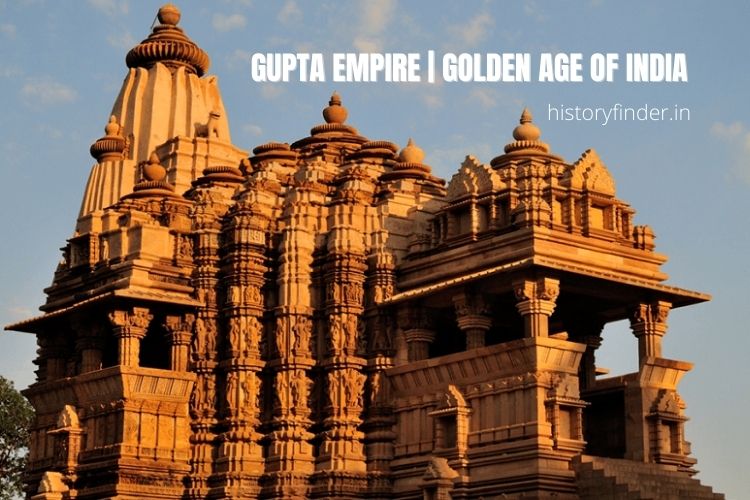
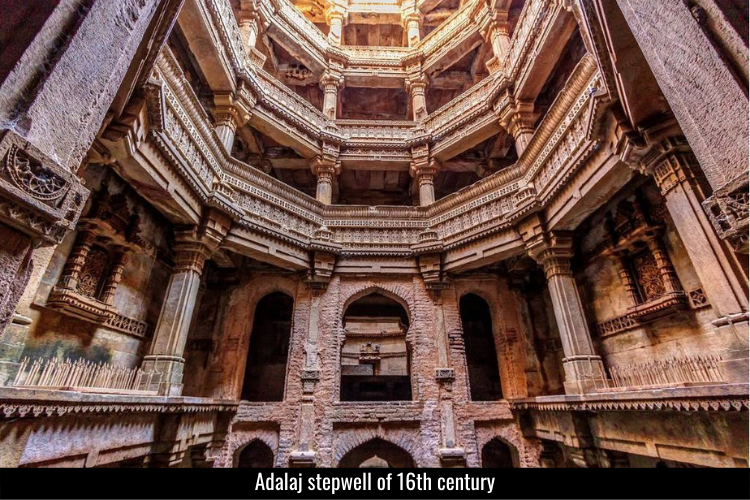
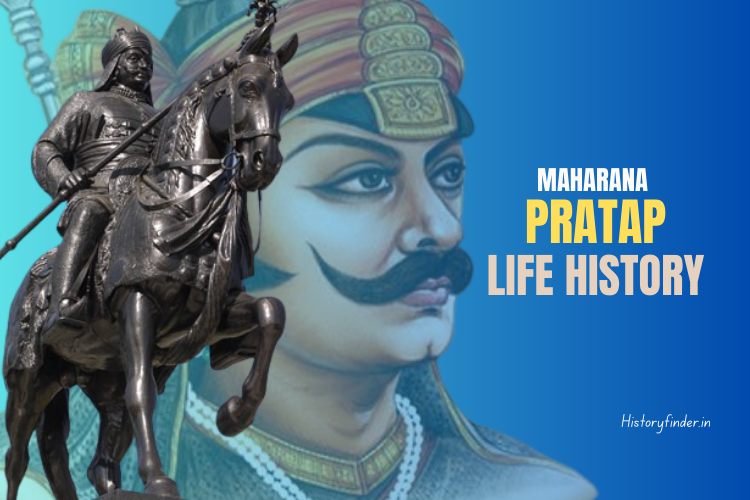
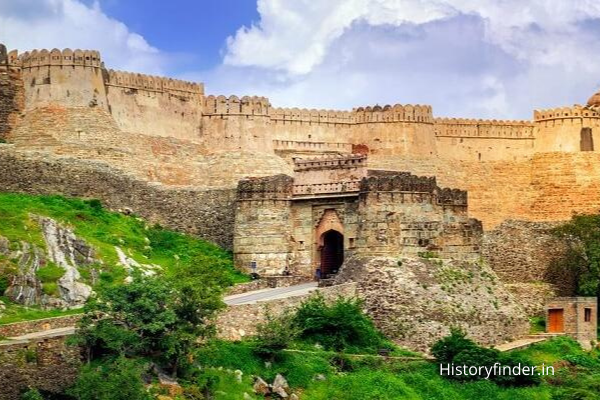
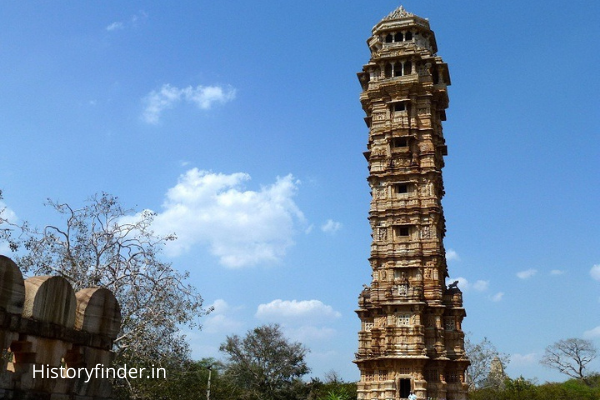
Pingback: Great Stupa of Sanchi: history and architecture - History Finder
Pingback: History of Bengal: Lagacy of Cultures and Literatures - History Finder
Pingback: The ruins of Chandraketugarh in West Bengal - History Finder
Pingback: History of Murshidabad: From Glory to Downfall - History Finder